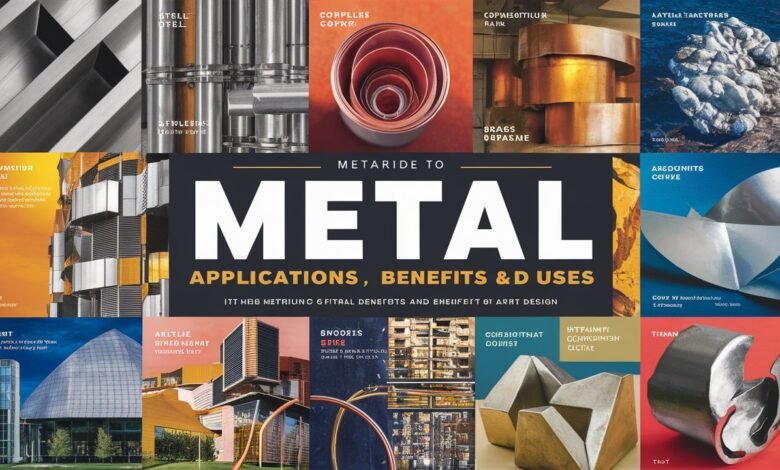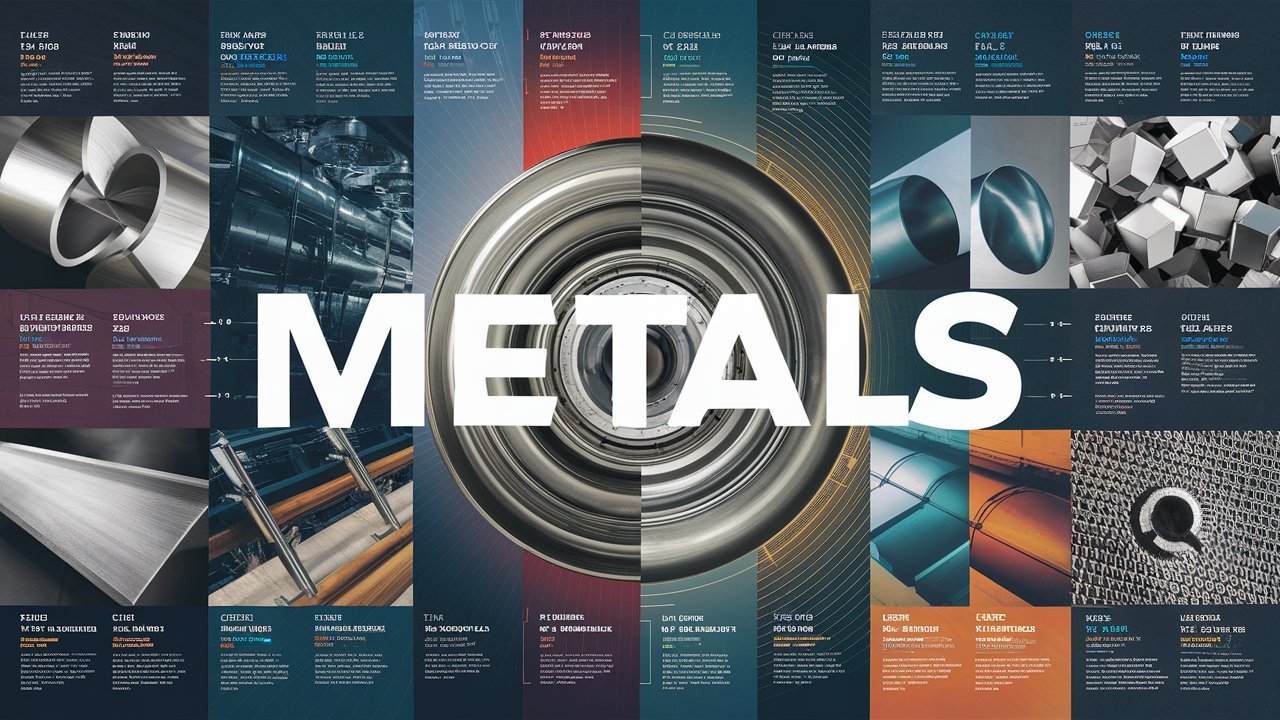Kovových: A Complete Guide to Metal Applications, Benefits, and Uses

The term “Kovových” is derived from the Czech word for metal and represents a wide range of applications where metals are used in construction, manufacturing, art, design, and everyday tools. Metals have been at the heart of human innovation for centuries, serving as the backbone of industries, infrastructure, and technology. In this guide, we will explore the significance of kovových materials, their various types, applications, benefits, and why they continue to be one of the most valuable resources in modern society.
Types of Kovových Materials
1. Ferrous Metals
Ferrous kovových materials are those that contain iron as a primary element. They are known for their strength, durability, and magnetism. Examples include:
-
Steel – Widely used in construction, vehicles, and tools.
-
Cast Iron – Known for its ability to withstand high pressure and heat.
-
Wrought Iron – Traditionally used in decorative gates, fences, and railings.
2. Non-Ferrous Metals
Non-ferrous kovových materials do not contain iron, making them resistant to rust and corrosion. They are often lighter in weight and more malleable. Examples include:
-
Aluminum – Lightweight, corrosion-resistant, and used in aerospace, automotive, and packaging industries.
-
Copper – Highly conductive and essential in electrical wiring and electronics.
-
Brass and Bronze – Valued for their aesthetic appeal and resistance to tarnishing.
3. Precious Metals
Precious kovových materials are rare, valuable, and often used in jewelry, electronics, and investments. These include:
-
Gold – Known for its luster and stability.
-
Silver – Popular in both industrial and decorative applications.
-
Platinum – Essential in catalytic converters and luxury items.

Applications of Kovových in Modern Society
Construction and Infrastructure
Metals like steel and aluminum dominate the construction industry due to their strength, durability, and resistance to external forces. High-rise buildings, bridges, and railways all rely heavily on kovových components to ensure structural integrity.
Automotive and Aerospace Industry
Kovových materials form the foundation of cars, airplanes, and ships. Steel provides the necessary strength, while aluminum and titanium offer lightweight solutions that improve efficiency and fuel consumption.
Industrial Machinery
Factories and manufacturing plants rely on kovových components to produce heavy-duty machinery, conveyor systems, and tools. These metals guarantee longevity and reliability under constant use and high stress.
Electronics and Technology
Copper, silver, and gold play a vital role in wiring, circuit boards, and connectors. Their conductivity and corrosion resistance make them indispensable in electronics manufacturing.
Art and Decorative Uses
From sculptures and jewelry to intricate metalwork, kovových materials have been part of human creativity for centuries. Their versatility allows artisans to craft unique pieces that combine strength and beauty.
Advantages of Using Kovových Materials
Durability
Metals are known for their resistance to wear, corrosion, and impact, making them ideal for long-term applications.
Strength-to-Weight Ratio
Metals like aluminum and titanium offer exceptional strength while being lightweight, crucial for industries where weight reduction is vital.
Recyclability
Kovových materials are highly recyclable, contributing to sustainability and reducing environmental impact. Recycling metals consumes significantly less energy compared to producing them from raw ores.
Versatility
From construction to electronics, kovových materials can be molded, welded, and machined into a wide range of products, making them extremely adaptable.
Conductivity
Metals like copper and silver excel in conducting electricity and heat, which is why they dominate the electrical and thermal industries.
Future of Kovových Materials
With advancements in technology, nanometals, smart alloys, and lightweight composites are becoming the future of kovových. Industries are moving towards eco-friendly and high-performance materials that enhance durability while minimizing environmental harm. Research into self-healing metals and advanced alloys will revolutionize sectors like aerospace, healthcare, and renewable energy.
Common Industries Relying on Kovových
-
Architecture & Construction – Skyscrapers, bridges, and residential housing.
-
Energy Sector – Oil rigs, pipelines, and renewable energy systems.
-
Transportation – Cars, trains, aircraft, and marine vessels.
-
Medical Industry – Surgical tools, implants, and hospital equipment.
-
Consumer Goods – Kitchen appliances, furniture, and electronics.
Conclusion
The importance of kovových materials cannot be overstated. They are the building blocks of our infrastructure, technology, and daily lives. From skyscrapers and bridges to smartphones and jewelry, metals play an irreplaceable role in shaping the modern world. As technology evolves, so will the applications and advancements in kovových materials, ensuring they remain central to human progress for centuries to come.
Frequently Asked Questions (FAQ)
Q1: What does kovových mean?
Kovových is the Czech term for “metal,” encompassing all ferrous, non-ferrous, and precious metals used in various industries.
Q2: Why are kovových materials important?
They provide durability, strength, conductivity, and versatility, making them essential for construction, electronics, and manufacturing.
Q3: Are kovových materials environmentally friendly?
Yes, most metals are recyclable and can be reused without losing their properties, making them eco-friendly.
Q4: What industries use kovových the most?
Construction, automotive, aerospace, electronics, and medical sectors heavily rely on kovových materials.
Q5: What is the future of kovových?
The future includes advanced alloys, nanotechnology applications, and sustainable metal recycling to reduce environmental impact.



